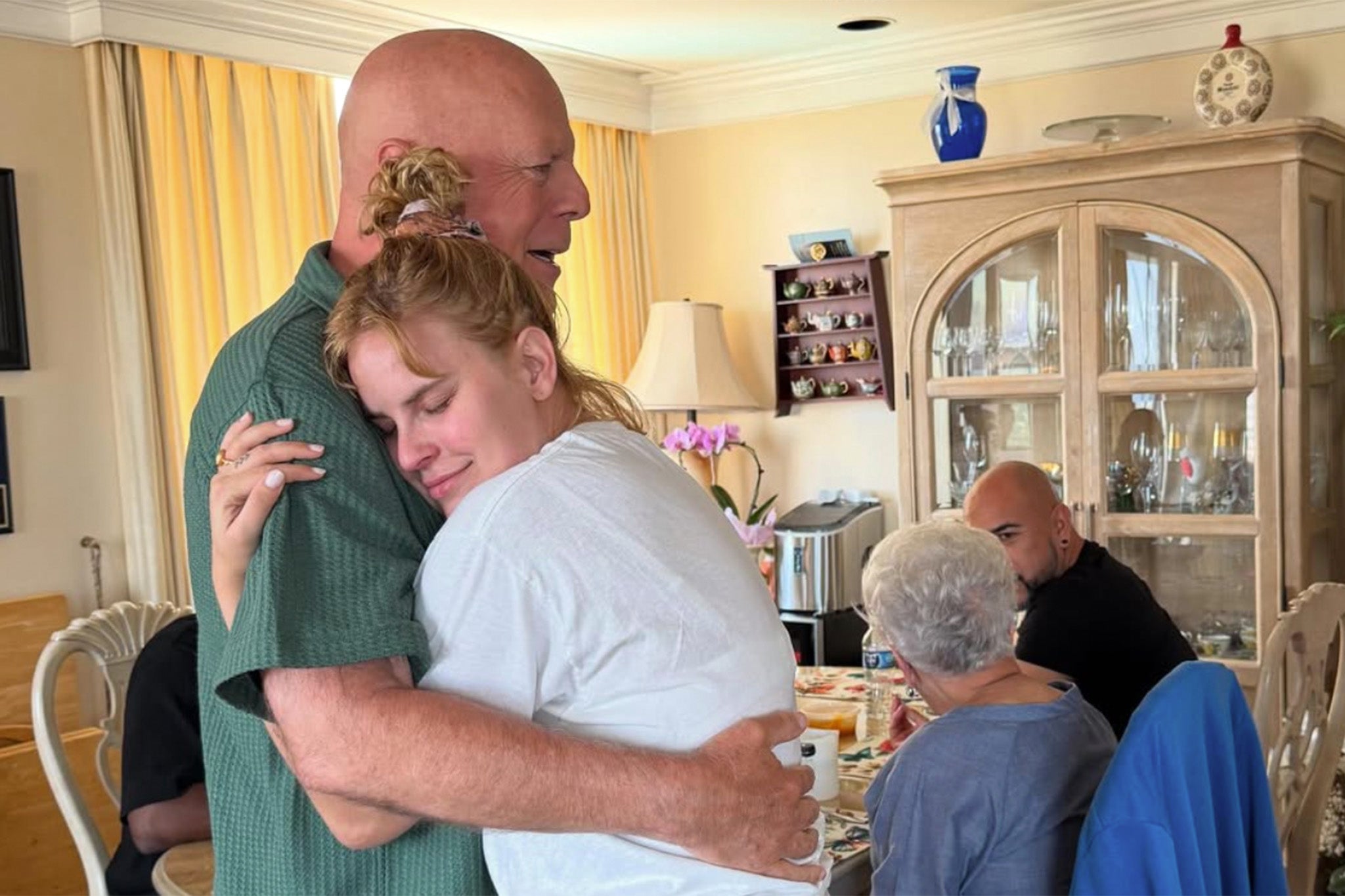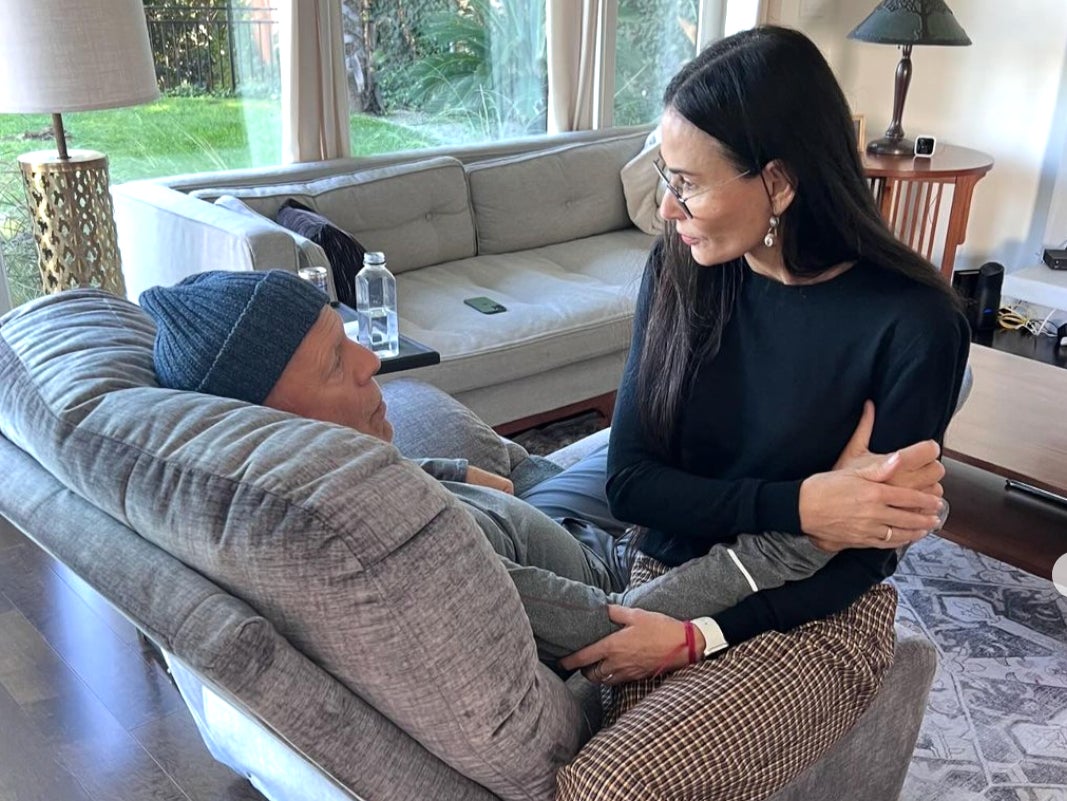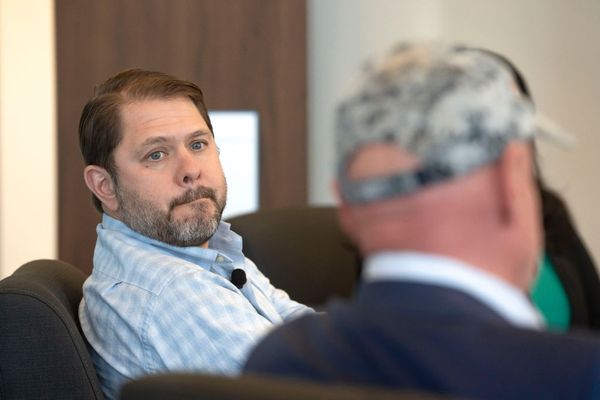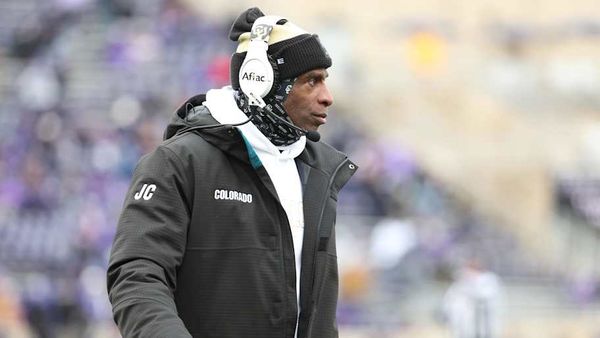The wife of Hollywood star Bruce Willis announced this week that the family had made the difficult decision to move him out of their home as his frontotemporal dementia progresses.
Willis, 70, was diagnosed with the degenerative brain disorder in February 2023. This week, it was announced that he was living in a single story home with a full-time care team as his condition becomes more complex.
His wife Emma Heming Willis, 47, said she has tried to ensure continuity for their family by taking their daughters to have breakfast and dinner with their dad. The pair have two children, 13-year-old Mabel and 11-year-old Evelyn.
The Die Hard star’s wife said her husband would have wanted their daughters’ lives to be unaffected by adjustments to their home.
“Bruce would want that for our daughters,” she told ABC News. “He would want them to be in a home that was more tailored to their needs, not his needs.”
Here we take a closer look at the condition, also known as FTD.
What is FTD?
Frontotemporal dementia is an umbrella term for brain diseases that mainly affect the frontal and temporal lobes of the brain, according to the Mayo Clinic. It affects personality, behavior and language, worsening over time, according to Dementia UK.
The charity said that FTD is a “rare” form of dementia that affects only around one in 20 people with a dementia diagnosis.
Willis’s family first announced his diagnosis of aphasia in March 2022. Aphasia is a language disorder that hinders a person’s ability to express and understand language.

What causes FTD?
According to Dementia UK, FTD is caused by an “abnormal build-up of proteins within the brain” which damages the cells. It is not known why this build-up occurs but is thought to have a genetic link in about one third of people with the diagnosis.
FTD is most common in people aged 40 to 60 but can also affect younger or older people, the charity said.
The UK's National Health Service says that, like other forms of dementia, FTD tends to develop slowly and get gradually worse over the years.
What are the symptoms of FTD?
There are two types of FTD – behavioral variant FTD (bvFTD) and primary progressive aphasia (PPA).
BvFTD, which results from damage to the frontal lobes of the brain, mainly causes problems with behavior and personality.
PPA, when damage occurs to the temporal lobes on either side of the head nearest the ears, causes language problems.
Alzheimer’s UK says that FTD symptoms are “very different” to other more common types of dementia, such as day-to-day memory loss – adding that in the early stages of the disease, many people can still remember recent events.
In a previous statement, Willis’s family said that challenges with communication are just one symptom of the disease the actor was facing.
The NHS says FTD can also cause physical problems including slow or stiff movements, loss of bladder control, loss of bowel control, muscle weakness or difficulty swallowing.

How is FTD treated?
According to Dementia UK, there is no prevention or cure for FTD and it is often best to “focus on practical strategies to help the person live as well as possible with the diagnosis.”
Willis’s family said in a previous statement that the lack of treatment for the disease was “a reality that we hope can change in the years ahead” with further research.
They added that as the actor’s condition advances, they hope media attention will be used to raise more awareness of FTD.
“We know in our hearts that – if he could today – he would want to respond by bringing global attention and a connectedness with those who are also dealing with this debilitating disease and how it impacts so many individuals and their families,” they said. “Bruce has always found joy in life – and has helped everyone he knows to do the same.”
Real butter has become my small rebellion against diet culture
Bruce Willis’s wife makes ‘hardest decision’ to move star out of family home
Emma Heming Willis ‘isolated our whole family’ after Bruce Willis’ dementia diagnosis
Emma Heming Willis says Bruce’s ‘brain is failing him’ in bittersweet health update







